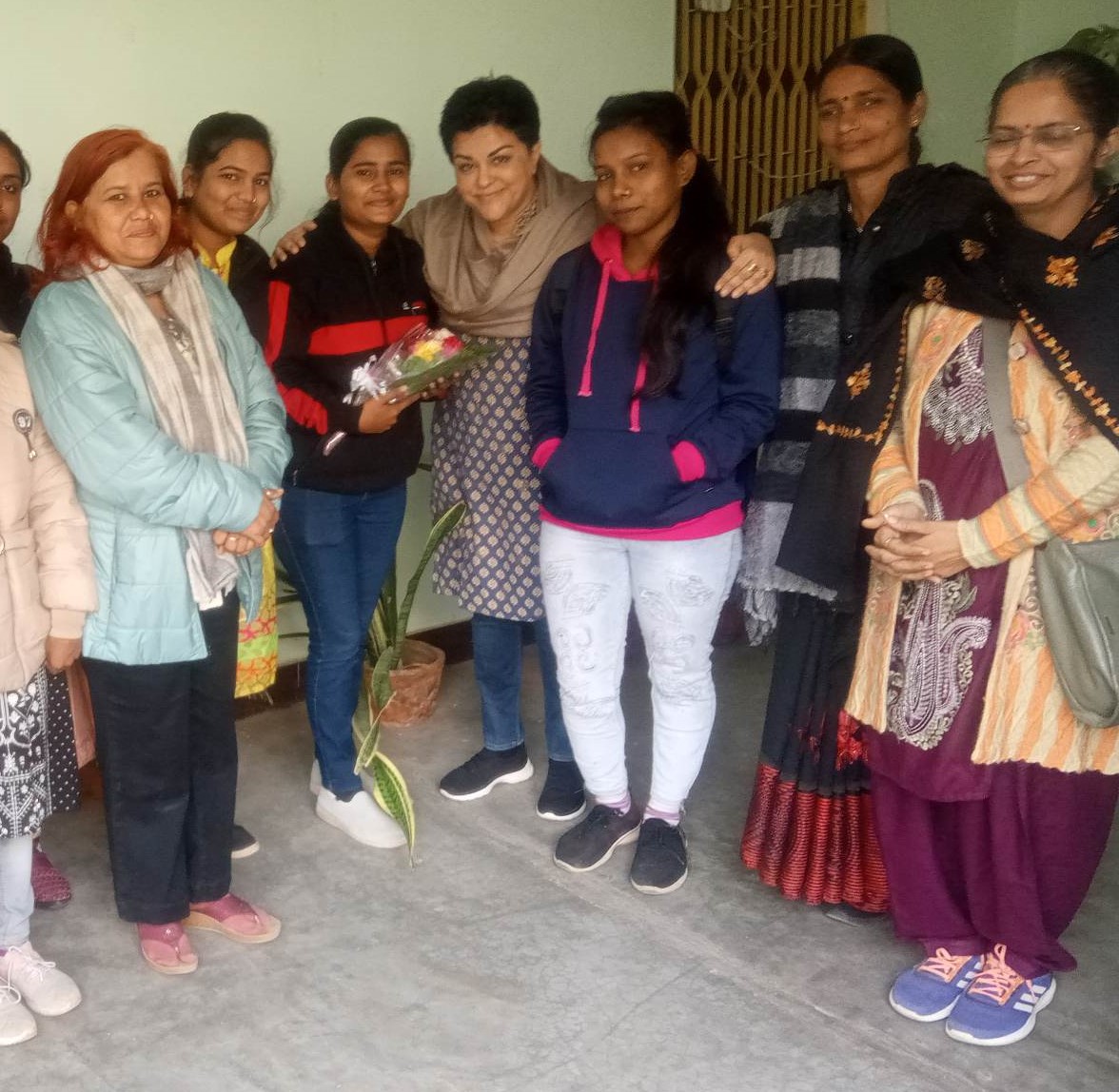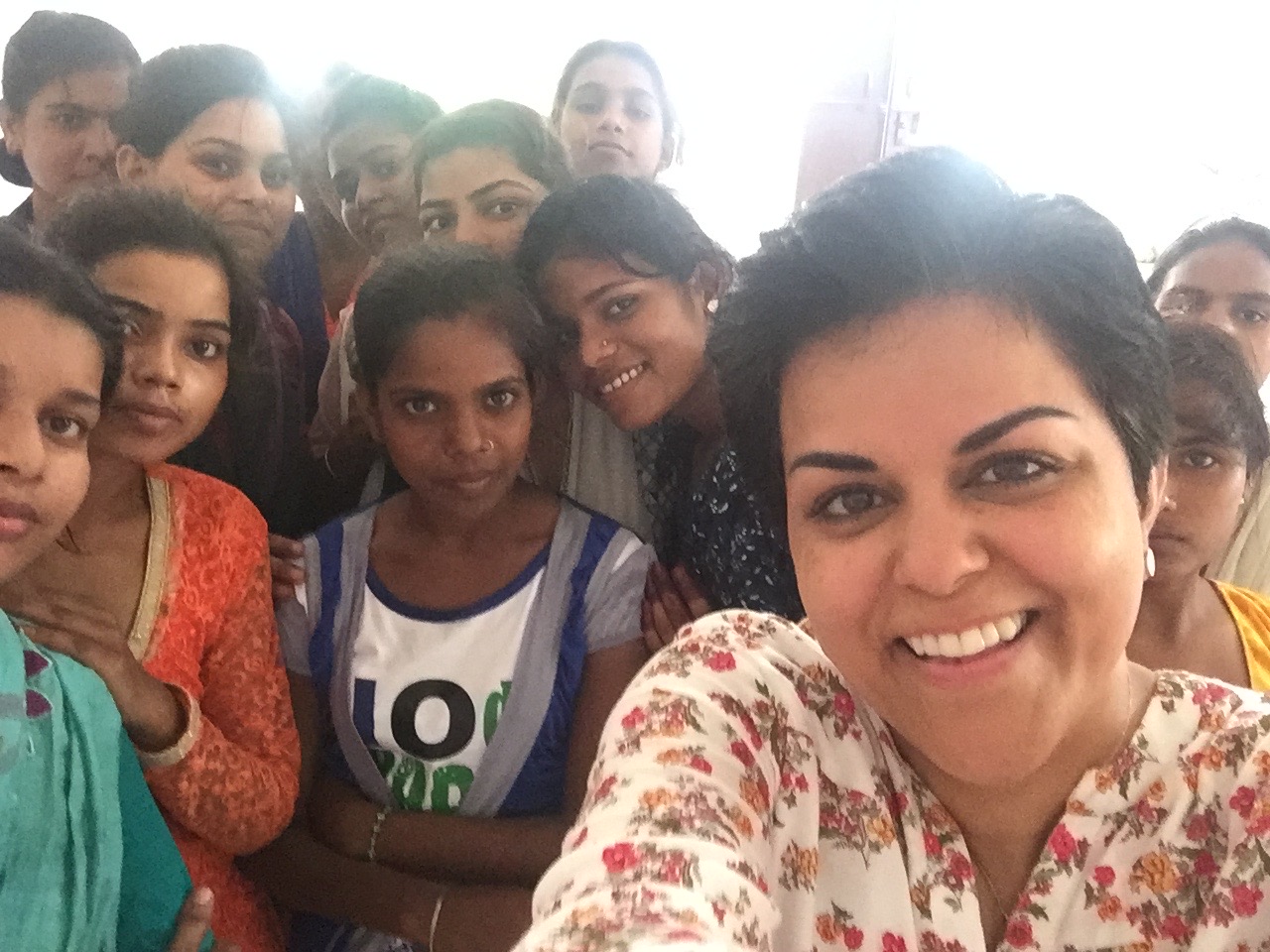(August 28, 2023) As a child, Shruti Vora’s weekends were action-packed. It mostly involved playing games on horse back at the Army riding school, Ballygunge in Kolkata. At the tender age of three, which is when she started learning the nuances of horse riding, she would participate in races which involved throwing balls in buckets and finding a needle in a haystack. The most exhilarating one was when the rider would place a handkerchief in their breeches whilst the others chased to grab the same.
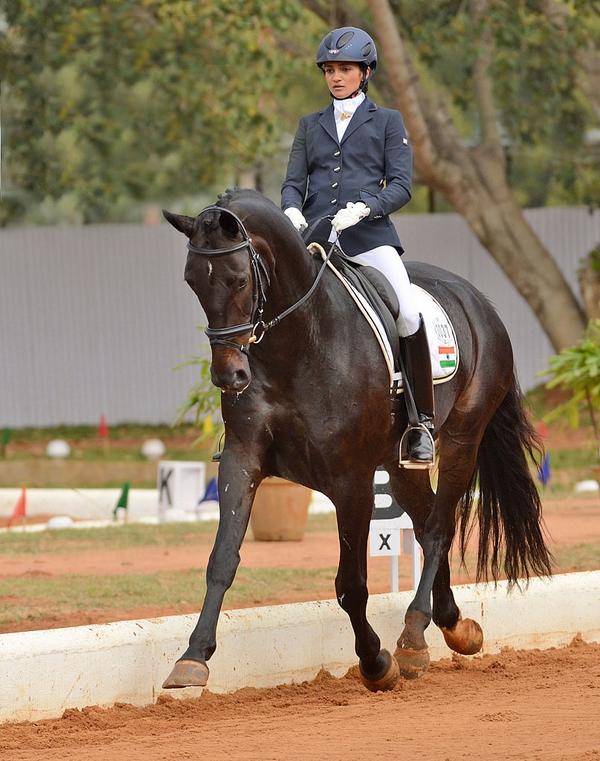
Equestrienne Shruti Vora.
“It taught me camaraderie, passion and fearlessness. Above all, it led me to love horses and have a deep bonding with them, says Shruti Vora, an accomplished equestrienne who made history by becoming the first Indian woman to compete in an individual dressage event at the World Equestrian championship in Herning, Denmark in August 2022. In 2019, Shruti, the grand daughter of late industrialist Krishna Kumar Birla, came second in a dressage grand prize held in Austria.
For her, the feeling of exhilaration while galloping on horseback is indescribable. “As the wind whips across your face, you feel a sense of freedom and liberation. The rhythmic pounding of hooves creates a thrilling sensation, making one feel in sync with the powerful creature beneath.”
At Herning
It was a proud moment for her, both personally and professionally. “I could represent India and show to the international community that we Indians also have what it takes to participate at the highest level in Dressage; a sport that is very dominated by the Western World especially Europe,” informs Shruti who rode Danish Warmblood Denightron to a score of 64.534.
Dressage is a form of horse riding where riders and their trained horse execute a series of precise movements.
Denightron
Shruti swears by her horse Denightron, which was bought at the age of four from Denmark. “I fell in love with his character the moment I saw him. It’s naughty, very playful, spooking at every corner of the arena but with eyes and facial expressions that were almost human,” is how Shruti describes Deni boy, as she fondly calls him.
After her qualifying show in Hagen in June 2022, Denightron sustained an injury. “It was the result of being left unattended during the two years of Covid. With just two and a half months left for the World Championships, I saw my dreams crumble,” she recalls.
Even the vets advised prolonged rest and if need be, a surgery. But Shruti did not give up. “From medications, shock wave therapy, ice bandages 5 times a day, all my endeavours was to keep Denightron pain free. We got clearance from the experts two weeks before Herning (world championship),” she says.
The bonding she shared with Denightron led her to literally “talk” to him daily ; almost begging him to get well and pull it through. “Denightron had answered my prayers and helped me keep my head high with pride at Herning,” says the equestrienne
Like mother, like daughter
The Kolkata-born’s parents — Bimal and Nandini Nopany come from a conservative business Marwari family. “Despite being raised in a conservative business family background, my mother would ride horses at her residence. She is the reason that I fell in love with the sport and the animal,” says Shruti. Her brother Chandra Sekhar too rides horses.
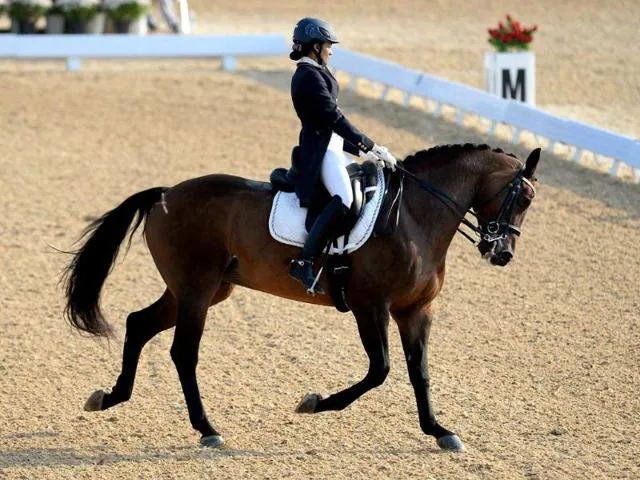
Army riding school
“My love affair with the horses started from the Army Riding School at Ballygunge, one of the most beautiful riding clubs in India. I still have those vivid memories,” says the 52 year old.
She credits her instructors – Balbir Singh, a retired Army personnel and Kiran Singh for her success. “One taught me
the basics of riding and the other taught us on the educational side of riding – from learning about the anatomy of the horse to understanding the use of tack, bit-ing and saddlery.”
Bright student
Shruti studied at Loreto House, a highly reputed convent school in Kolkata, from where she graduated with 82 per cent. She followed it up by First Division Honours in the Class 12 Higher Secondary Examination from the West Bengal Council of Higher secondary Education.
In 1990, she was offered a national scholarship in lieu of her academic performance for her under-graduation degree. “But I forfeited it as I felt someone less privileged could avail the scholarship,” says Shruti, who describes herself as a very conscientious student at school.
After completing her B. Com Hons. from the University of Calcutta, she enrolled for MBA from the European University in 1994, based out of Geneva, Switzerland.
Best coaches
Shruti was among the lucky few to have been trained under distinguished equestrians including Dr Reiner Klimke (who won six gold and two bronze medals in dressage at the summer Olympics), Anne Jensen-Van Olst, a Danish dressage rider who was part of the Bronze winning Danish team at the Olympic games in Beijing 2008.
“I was a great admirer of Dr Klimke’s skills and he was my inspiration. After a lot of persuasion, he agreed to coach me for a while and I would go on the weekends to Germany to train while doing MBA,” says the globetrotter.
She says her most memorable training period was with Patrick Le Rolland (one of the most gifted French Dresseurs and coach of the French national team). “Training with him one year was my MBA graduation gift from my parents.”
After graduating from the European university, Shruti returned to India and married Mitul Vora. She took a long break to raise her two children before returning to competition in 2010. After four years of practice, she won the 8th position at the Asian Games in 2014. “Discipline, dedication, commitment and fitness levels is required for any sport including dressage,” she says of what all went into the four years of training.
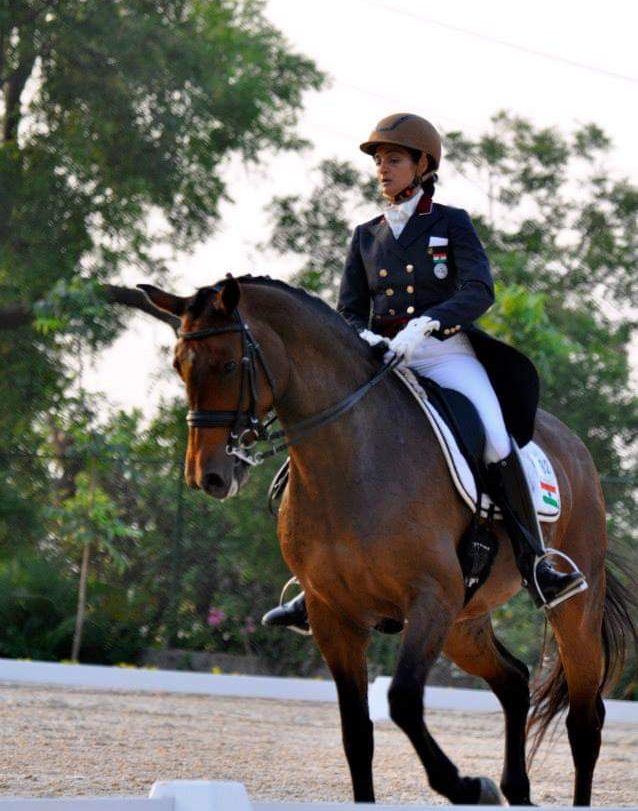
Jakarta 2018 Asian Games
In 2018, Shruti was left frustrated due to a controversial decision by the Equestrian Federation of India (EFI) which did not give its nod to Shruti and other equestrians despite qualifying for the games.
But like a true sportsperson, she did not give up. “I went straight into Grand Prix in April 2019 . I was placed in my very first national Grand Prix in St Margarethen in Austria. By August 2019 I had already obtained 2 MERs ( Minimum Eligibility Requirement),” informs Shruti, who became the first Indian ever to achieve the qualifying scores for Dressage for Tokyo 2020. However with only two individual spots, her points were not high enough for a seat.
Then covid struck. “The next 2 years were a wipe out . I managed to return to Europe only by the end of January 2022,” she says.
Kush & Zarina
Back in the day, Shruti’s father bought a wild pony for his children, soon after they were introduced to the sport. It was named Kush. “He had this beautiful white face, had four wonderful gaits for a pony and was full of energy at all times. He was a complete showman who helped me win every single category in those days,” informs the accomplished equestrienne, who was declared the best junior rider from1976 to 1979.
Subsequently, her father bought an experienced show jumping mare, which was amongst the first imports of sport horses into India. “Zarina as she was called, taught my brother and me the nuances of show jumping. She had the perfect bascule for show jumping and possessed a natural balance and athleticism,” informs Shruti, who has a string of four more horses.
Bucking
Shruti has her share of falls. “Kush had so much of character and energy that it was his constant endeavour to throw me off. Bucking, rearing, getting into the bushes were his traits,” recalls Shruti.
Each time she would fall, Shruti would bounce back. “Folklore in India has it that by falling off a horse’s back a 100 times, qualified one to be a competent rider . I managed to cross this magic figure,” she smiles.
Recalling one such memory of being thrown off, she says once she got blown away from the horse back with the strong gush of wind. “It was a cyclonic storm with winds of almost 80 kmph. Before anyone realised what had happened, I found myself on the ground without actually having been “thrown off ” by my horse.”
Male dominated
Shruti feels Equestrian sport in her childhood was very male dominated. Coming from a conservative Marwari family, Shruti’s parents were not comfortable of her going alone to the horse shows once I came into my teens. “So, my father took to riding. We would leave for the Calcutta race course at 5.30 am to rise and rush back to get ready for school by 7.15 am,” she recalls.
Miles to go
Despite her achievements, Shruti feels she is still in the learning stage of equestrian sport. “Compared to many of the European riders, my achievements are at best mediocre. I have miles to go,” the Global Indian adds.
- Follow Shruti Vora on Instagram



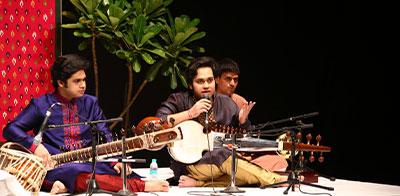

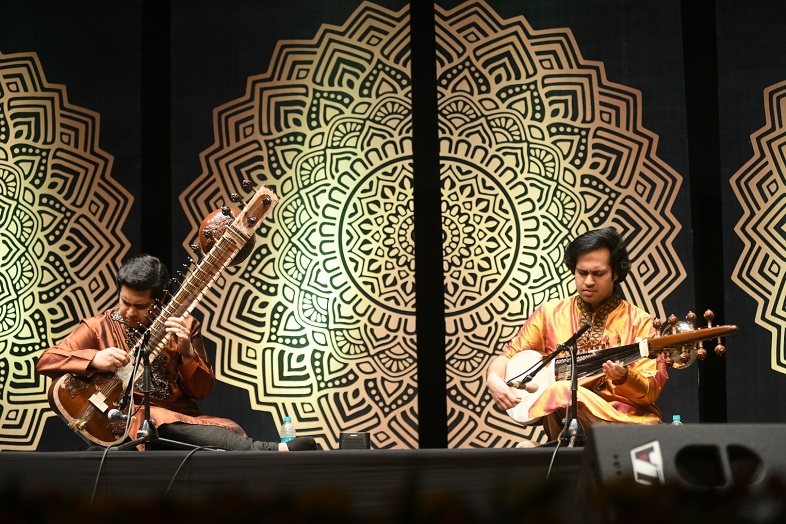
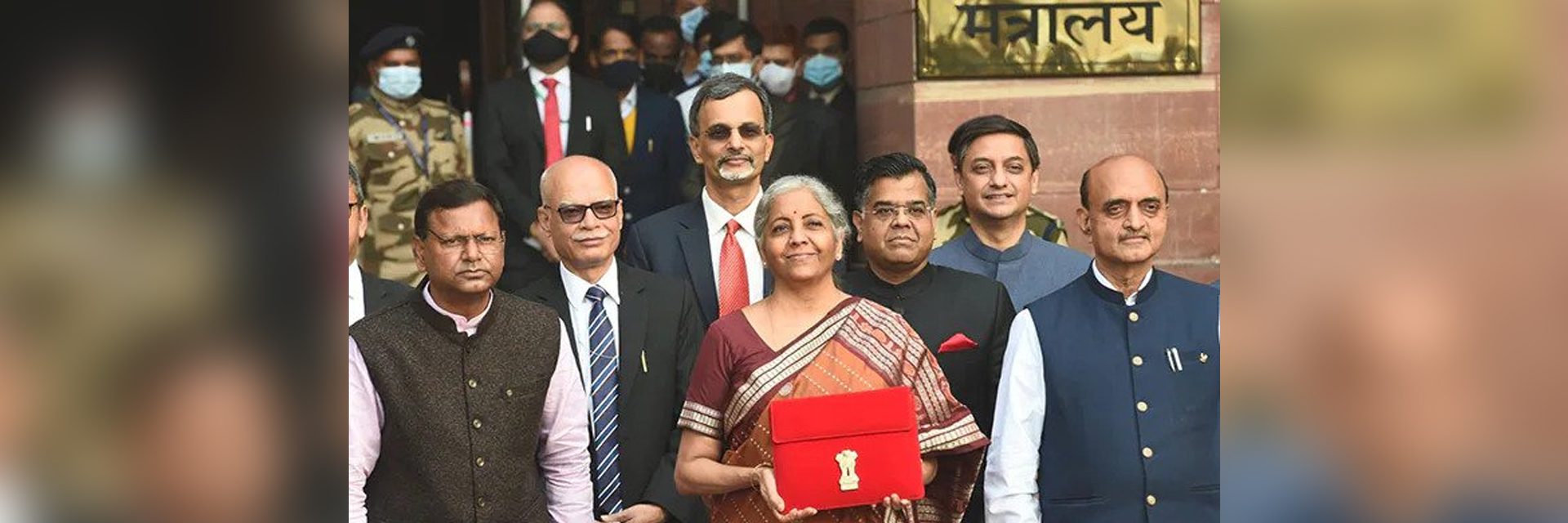
 Vijay Anand, founder, The Startup Centre[/caption]
Vijay Anand, founder, The Startup Centre[/caption]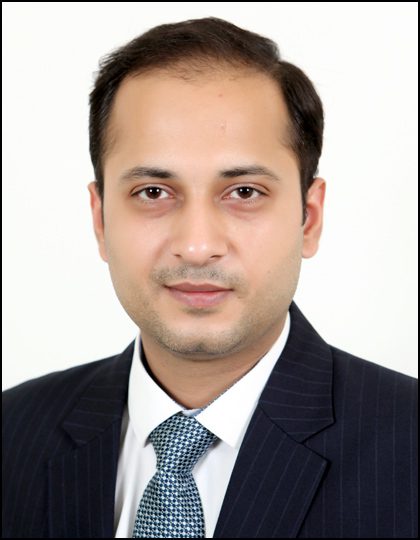 Mayank Midha, CEO of GARV Toilets[/caption]However, the allocation of ₹60,000 crore to provide tap water to 3.8 crore households under Har Ghar, Nal Se Jal Scheme, has been welcomed by the social sector. Mayank Midha, CEO, GARV Toilets, is glad to see the government’s commitment to delivering basic necessities. “There has already been significant progress in this project since its launch in 2019 and the target to reach 16 crore households by 2024 seems practical with fresh commitment of funds. Providing access to tap water for every household will positively impact community health, women empowerment and socio-economic parameters,” says Mayank Midha.
Mayank Midha, CEO of GARV Toilets[/caption]However, the allocation of ₹60,000 crore to provide tap water to 3.8 crore households under Har Ghar, Nal Se Jal Scheme, has been welcomed by the social sector. Mayank Midha, CEO, GARV Toilets, is glad to see the government’s commitment to delivering basic necessities. “There has already been significant progress in this project since its launch in 2019 and the target to reach 16 crore households by 2024 seems practical with fresh commitment of funds. Providing access to tap water for every household will positively impact community health, women empowerment and socio-economic parameters,” says Mayank Midha.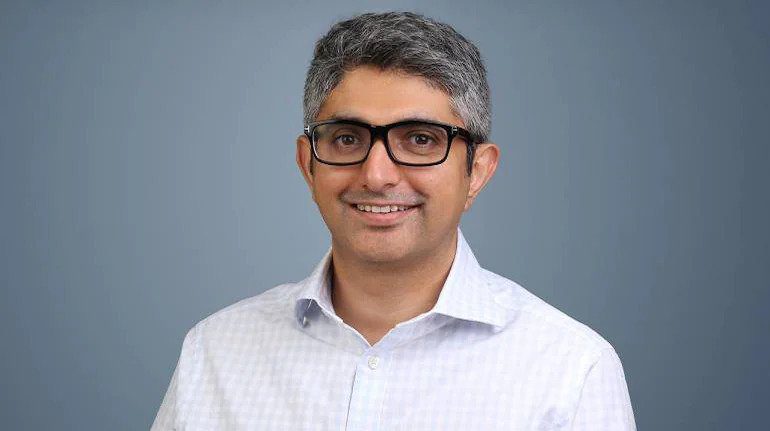 Dr Amit Malik, founder, InnerHour[/caption] Dr Amit Malik, founder and CEO, InnerHour, a healthcare technology company looking to disrupt the psychological wellness and mental health, says, “India has nearly 200 million people with a mental health need and lots of barriers to access of high-quality professional support. The treatment gap for mental health in India is nearly 95 percent, and all partners, government bodies like NIMHANs, private partners like InnerHour, and NGOs need to work towards bridging this huge need gap.”
Dr Amit Malik, founder, InnerHour[/caption] Dr Amit Malik, founder and CEO, InnerHour, a healthcare technology company looking to disrupt the psychological wellness and mental health, says, “India has nearly 200 million people with a mental health need and lots of barriers to access of high-quality professional support. The treatment gap for mental health in India is nearly 95 percent, and all partners, government bodies like NIMHANs, private partners like InnerHour, and NGOs need to work towards bridging this huge need gap.”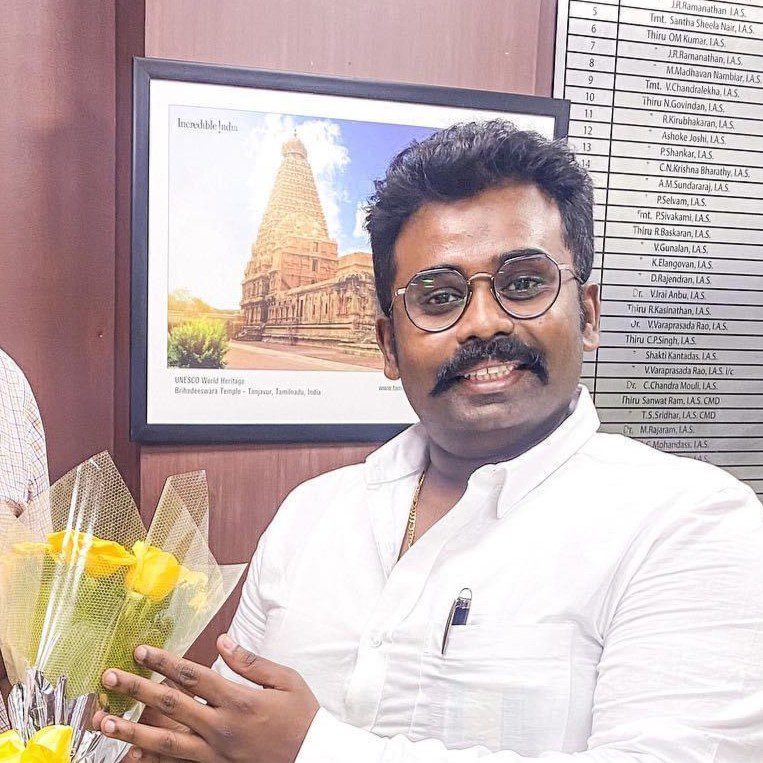 Sriharan Balan, chairman, Adventure Tour Operators Association of India[/caption] However, Sriharan Balan, chairman Adventure Tour Operators Association of India - Tamil Nādu chapter and managing director, Madura Travel Service (P) Ltd says, “Budget 2022 is yet a big disappointment, and it’s very unfortunate that suggestions given by FAITH, TAAI, IATO, and other travel associations were neglected. An industry that contributes to 7 percent of GDP and 10 percent of direct and indirect employment has been left unheard.”
Sriharan Balan, chairman, Adventure Tour Operators Association of India[/caption] However, Sriharan Balan, chairman Adventure Tour Operators Association of India - Tamil Nādu chapter and managing director, Madura Travel Service (P) Ltd says, “Budget 2022 is yet a big disappointment, and it’s very unfortunate that suggestions given by FAITH, TAAI, IATO, and other travel associations were neglected. An industry that contributes to 7 percent of GDP and 10 percent of direct and indirect employment has been left unheard.”
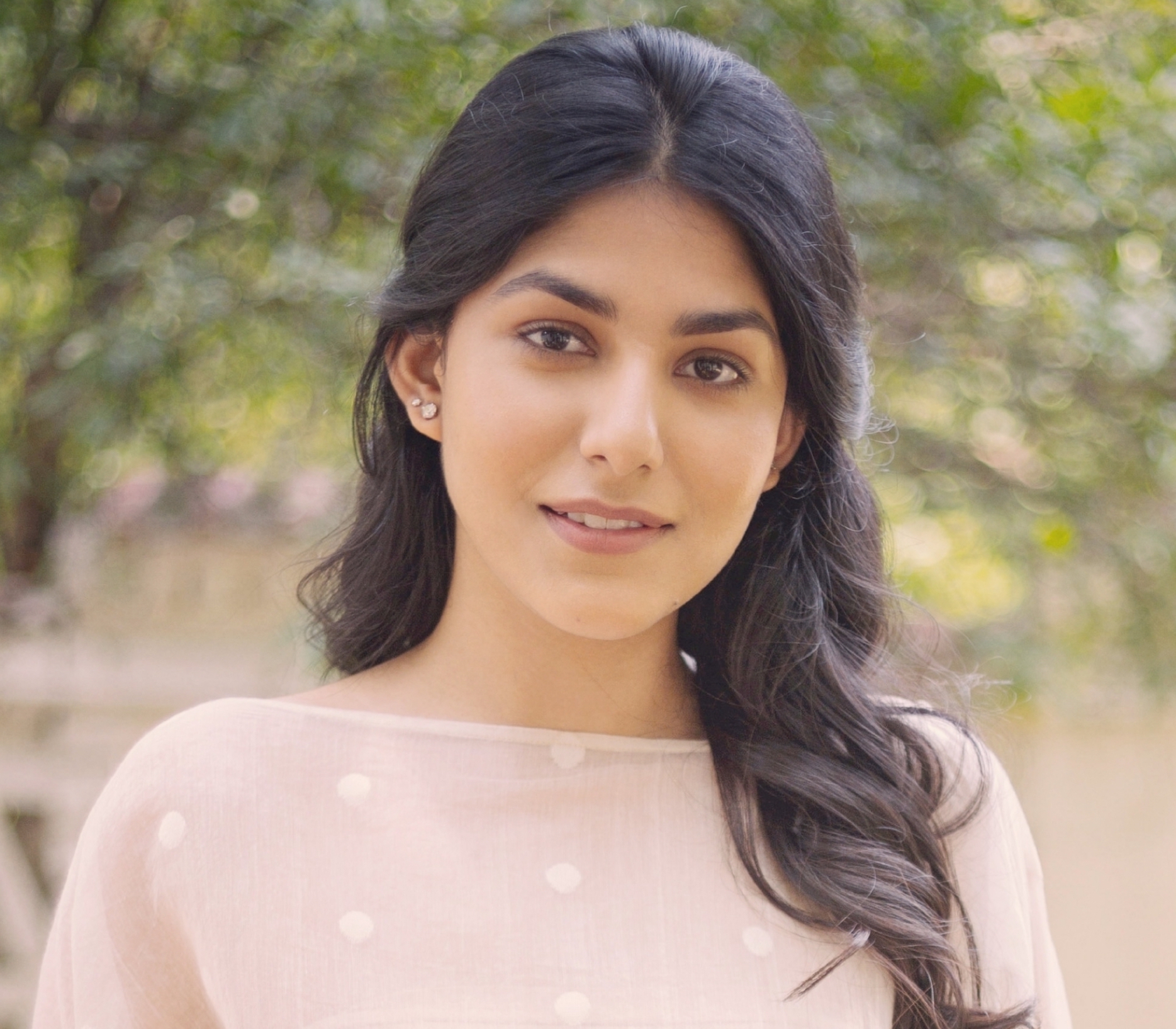 Sanya Malik[/caption]
Sanya Malik[/caption]
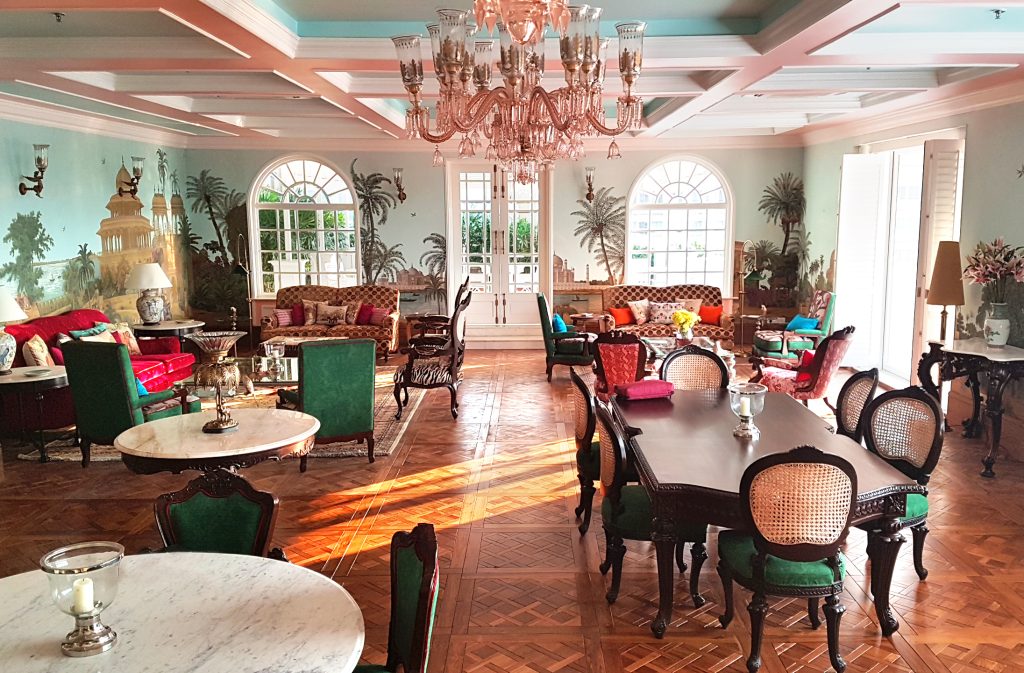
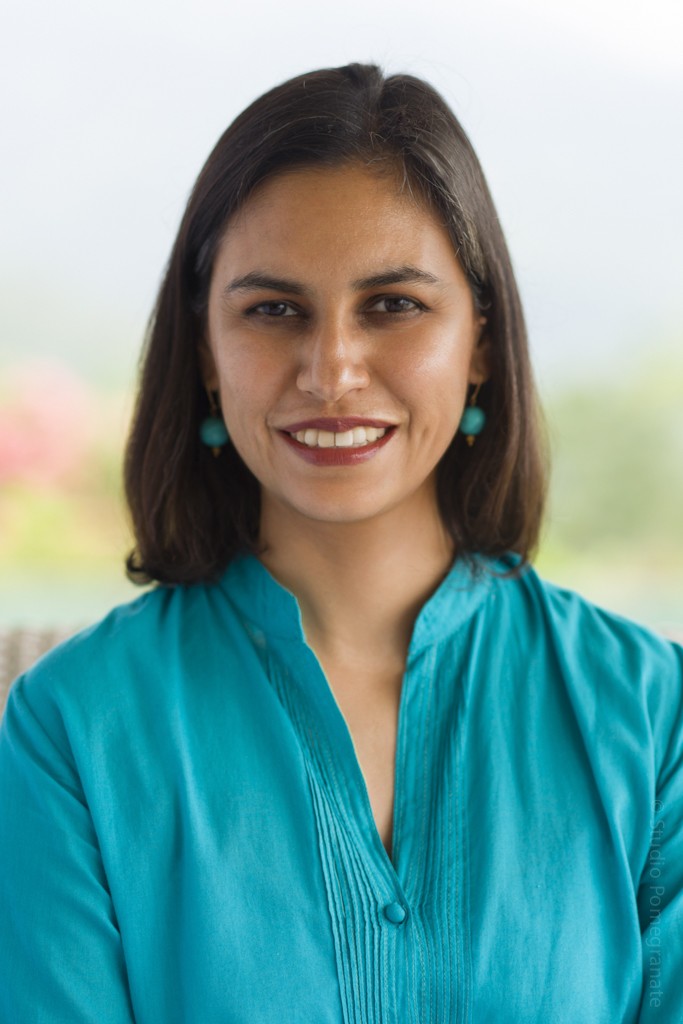


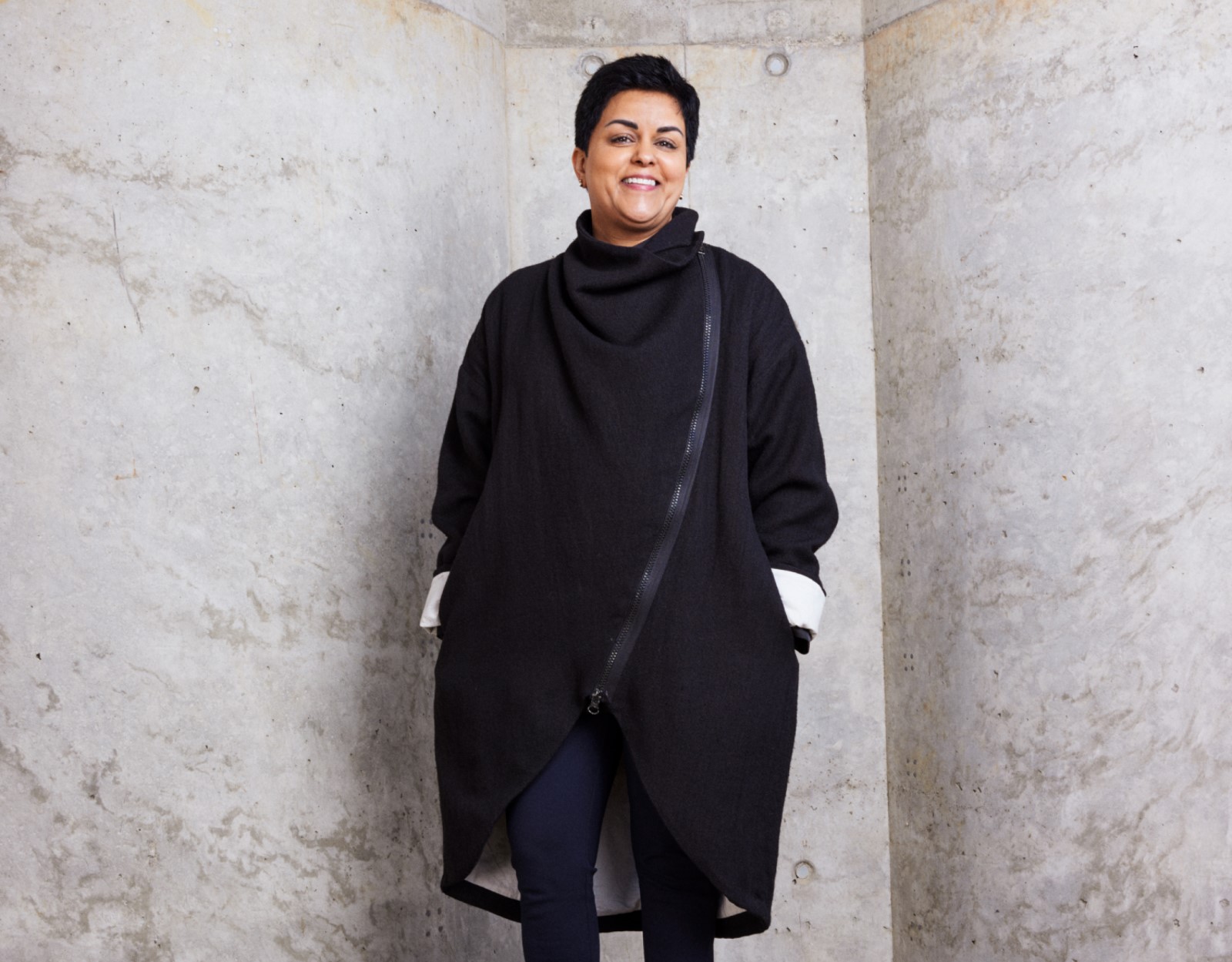 Parul Sharma[/caption]
Parul Sharma[/caption]